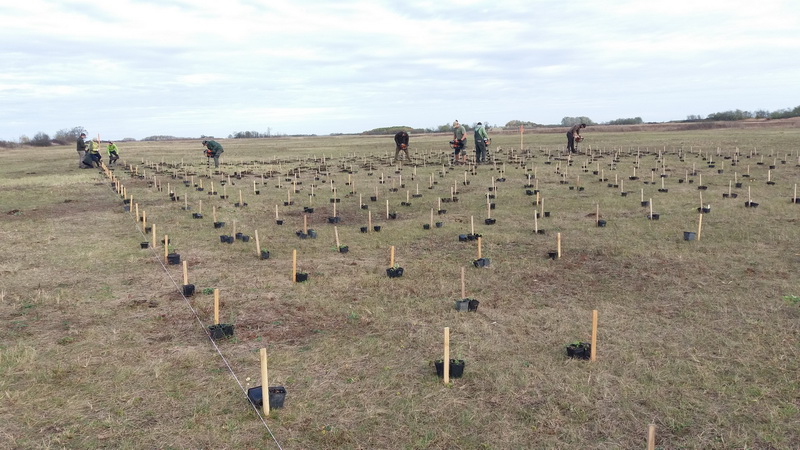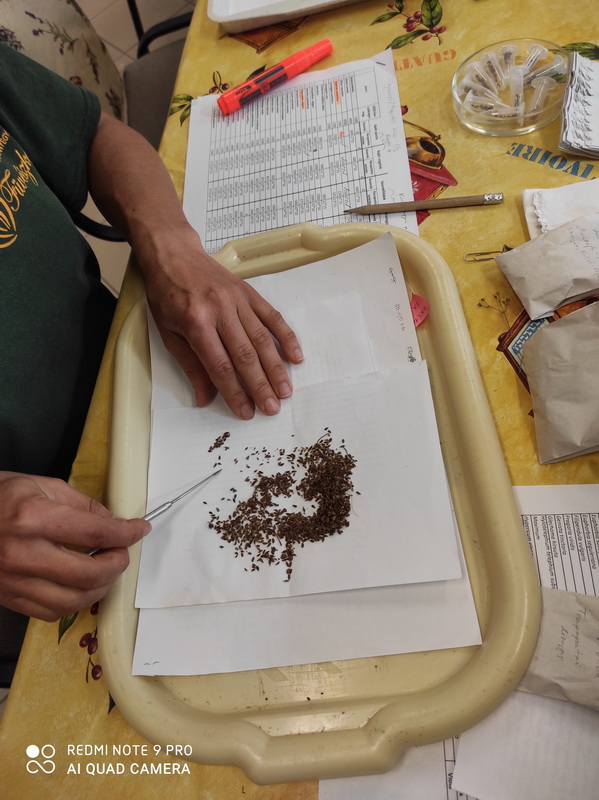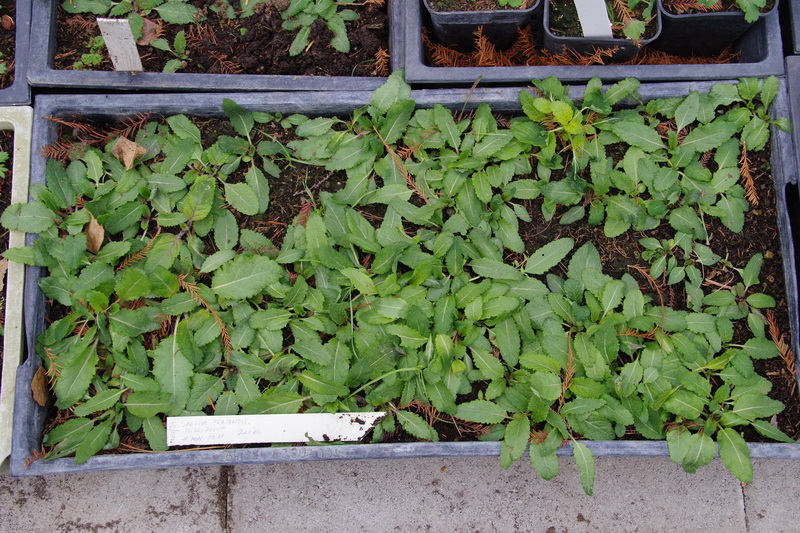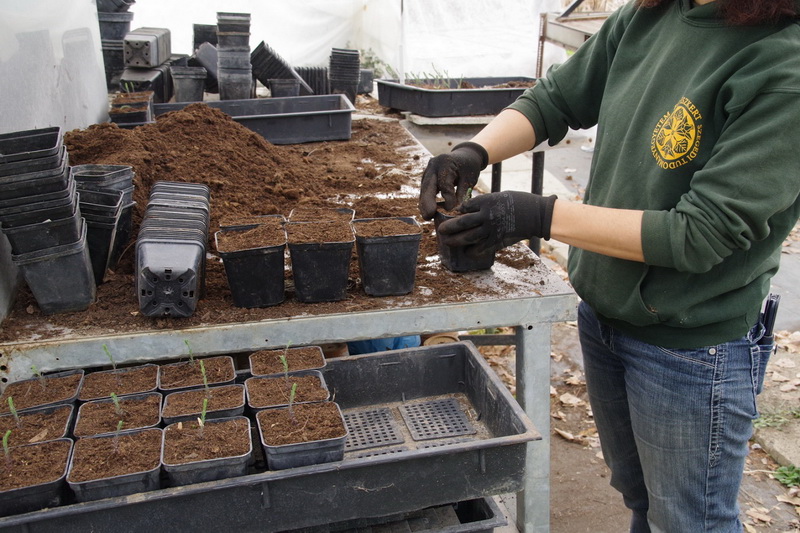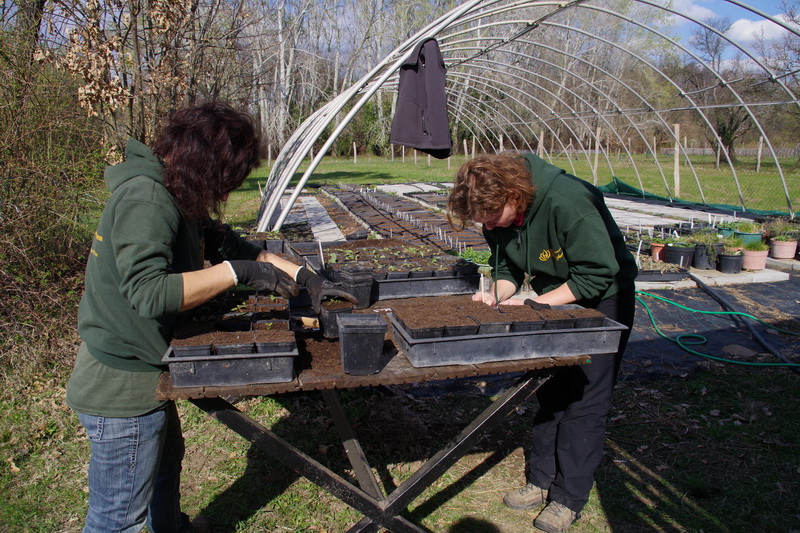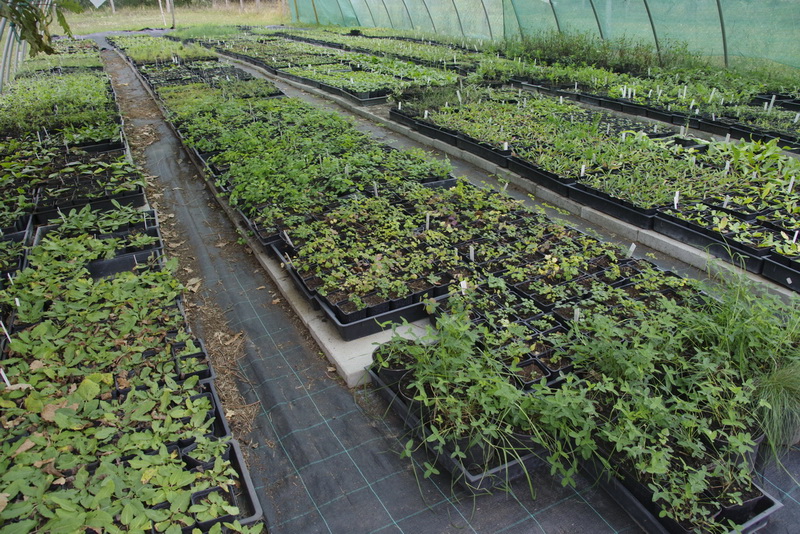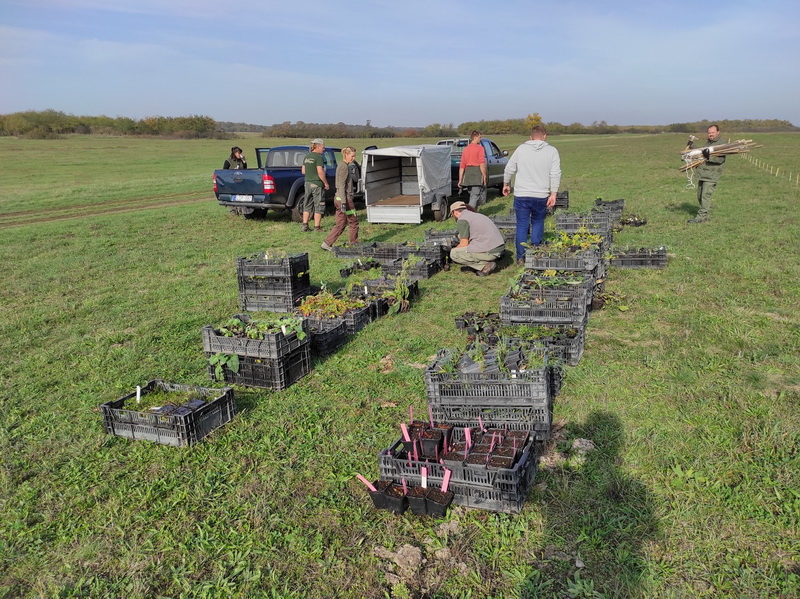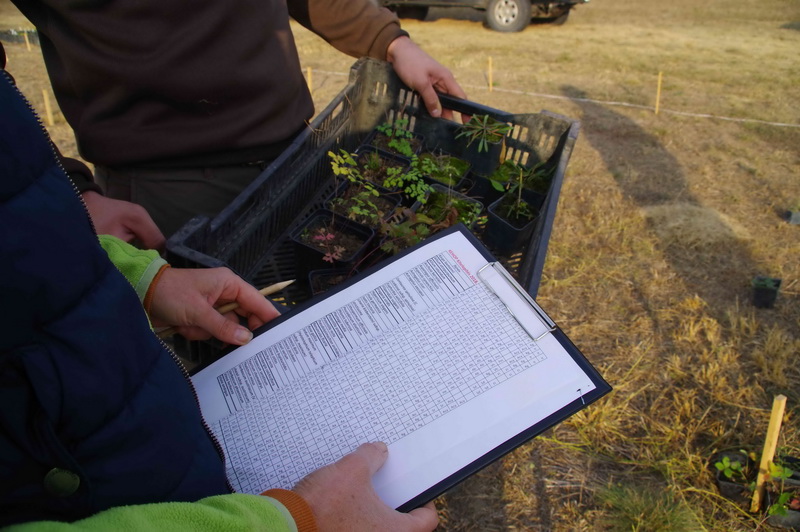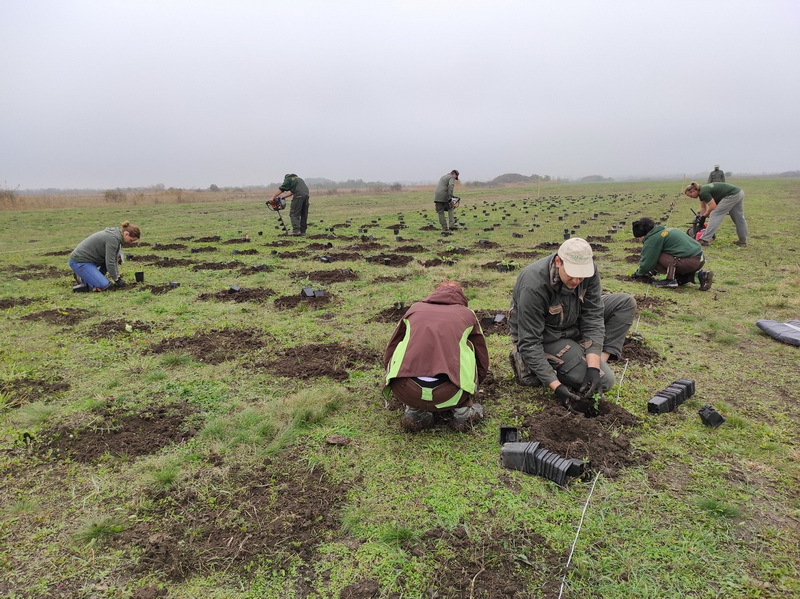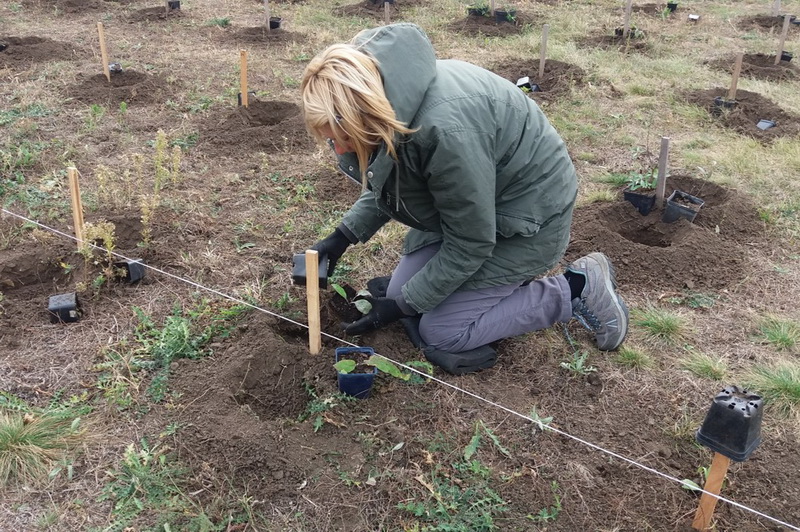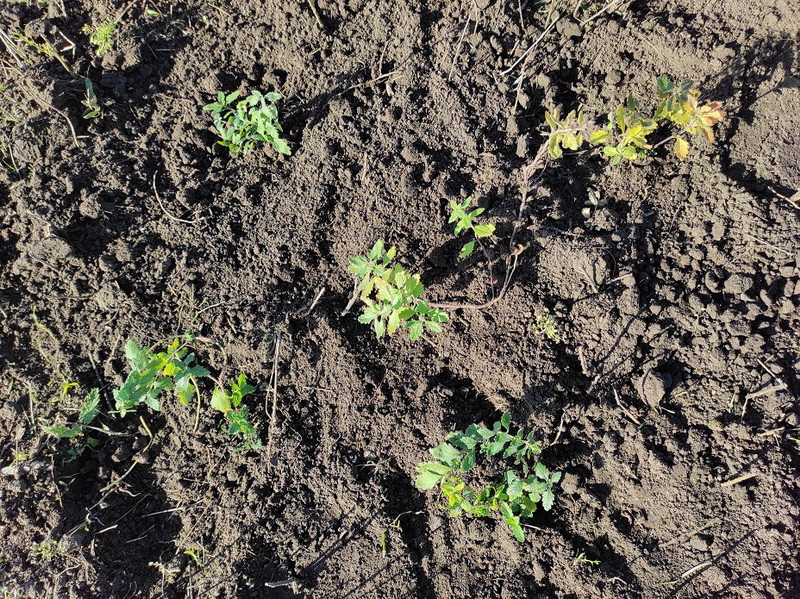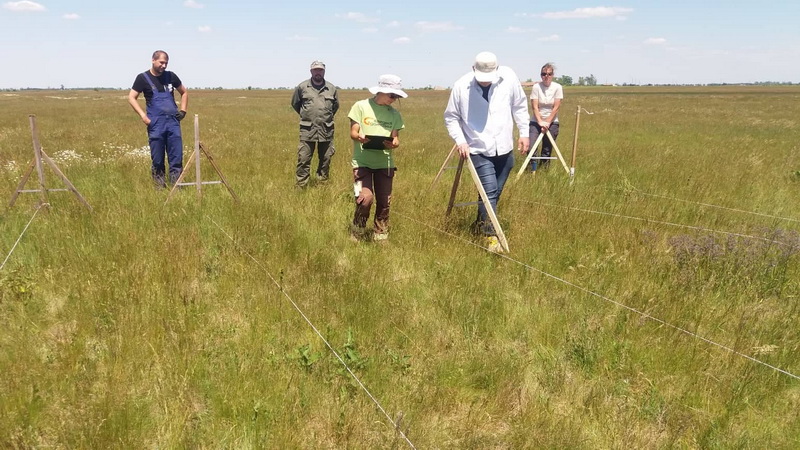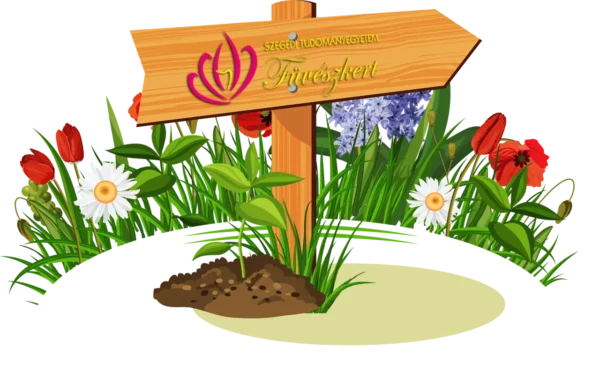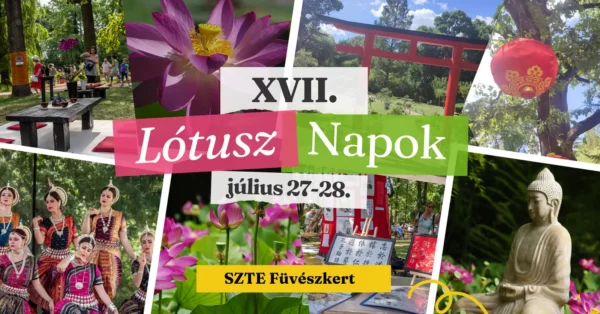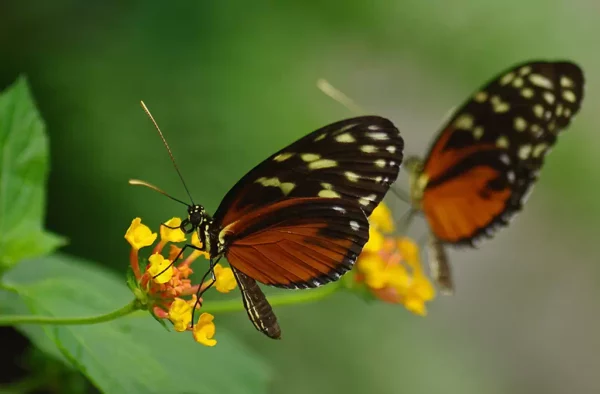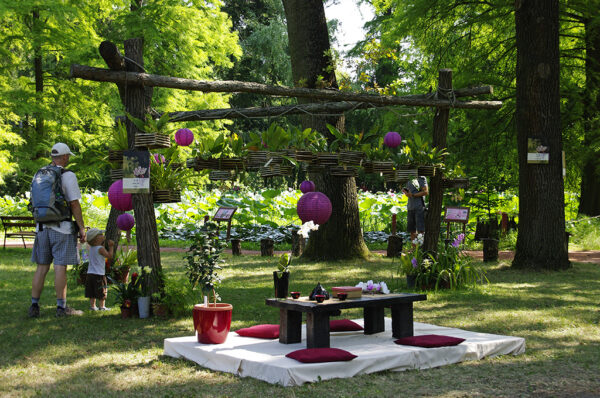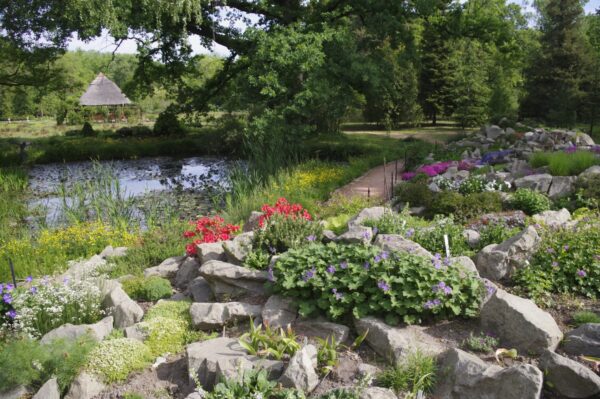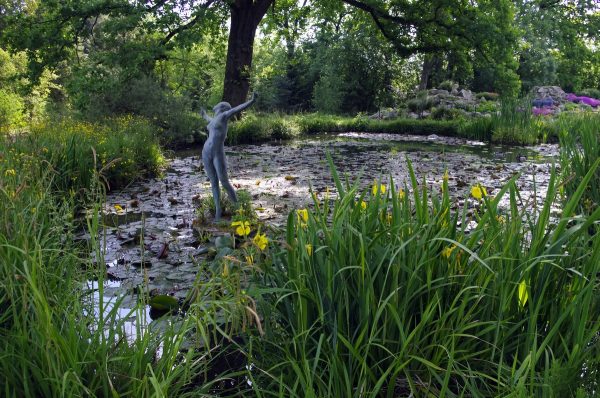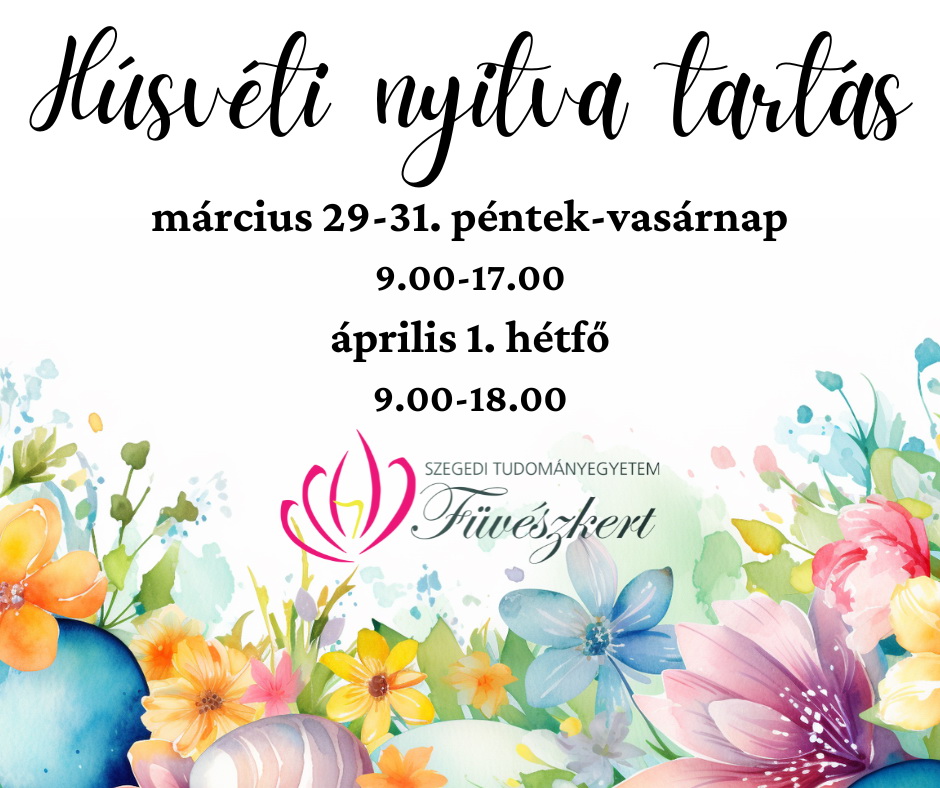Planting of seedlings propagated in the SZTE Botanical Garden in the wasteland of the Körös-Maros National Park
The aim of our work was to propagate 32 valuable loess grassland plant species selected by the national park, rare in the region, in the Botanical Garden and to replant them in habitats where species-rich natural loess grasslands once existed. For planting, we chose several-year-old fallows from the area of the Csanád steppes, where the natural regeneration processes have already visibly started, and we accelerated this process by introducing nearly 6,000 individuals of rare plants (which could not have appeared in the areas naturally, or only after a long time). process. The work was very complex, but at the same time very exciting and beautiful, full of challenges. After the resettlement, it was the turn of the plants to retake their habitat by reproducing naturally. Since then, we've been coming back every year to monitor the changes. Based on the past 8 years, we can say that the result exceeded all our expectations, our work was successful, most of the displaced plant species are still alive today, flourishing year after year and most of them have successfully multiplied in the area. For us, one of the most beautiful and joyful sights is when we are greeted by a species-rich, abundantly blooming and ripening vegetation in place of a featureless wasteland.
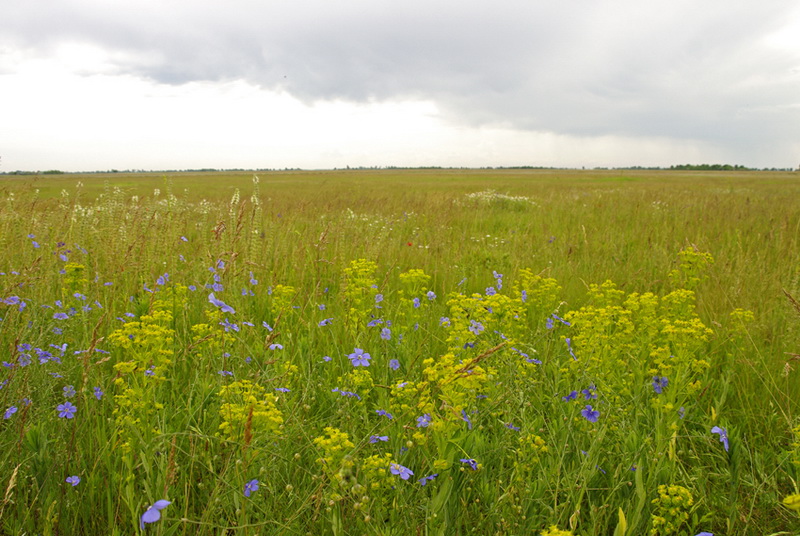
The results of the first planting in 2012 will be in 2020
In 2017, we received another invitation from the national park, for a similar, but much larger volume of work lasting 5 years. In this, we undertook the resettlement of 25,000 individuals of 76 loess grassland plant species and the sowing of 250,000 seeds of 33 species on several abandoned wastelands of the 3 large sub-areas of the national park (Csanád wastelands, Kígyósi wastelands, Fehértó Kardoskút).
In order to be able to successfully integrate our work into natural processes, we need the field experiences gathered over the years and the implementation of coordinated, mutually reinforcing steps.
What are these steps?
- seed collection, since without this we cannot grow plants,
- seed-propagation, this is how we grow the seedlings, then
- resettlement, during which our seedlings are taken out to the wasteland, where they can take root successfully,
- monitoring, i.e. checking the success of the resettlement and the survival of plants every year.
Cleaning, sorting and counting of the collected seeds
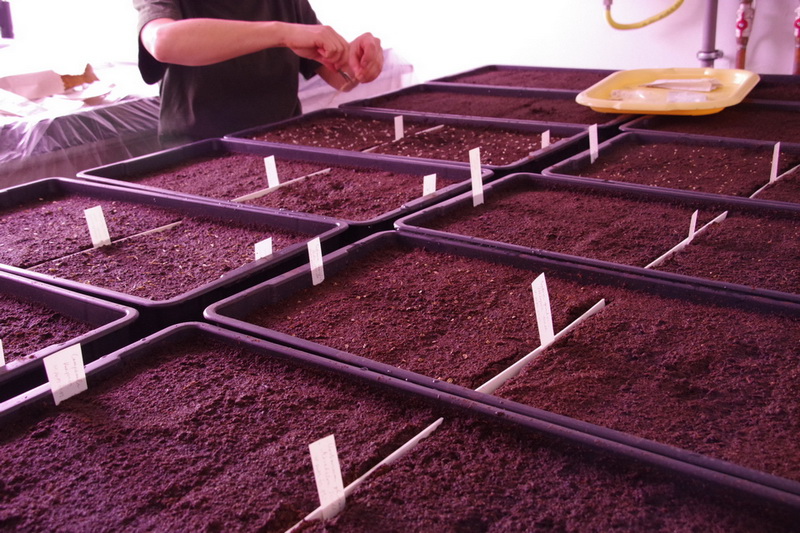
Sowing seeds in seed boxes
From the point of view of nature conservation, it is important that the planted plants come from the region and carry on the genetic diversity of the species living there. We can do this by collecting seeds from natural stands. To do this, you have to spend many days in the field, watching which plants are at which point in their ripening process, so that we can collect as many healthy seeds as possible. Collection is also made difficult by the weather and human factors (mowing, grazing). The selected plants were included in the tender precisely because of their rarity, which is why it often happens that they only occur in patches of 10-50 stems in an area, meaning that a large area must be covered in order to collect the necessary amount of seeds. The seeds of certain plants (e.g. nun's flower, dirty tendril, blue sedge) are constantly ripening and the ripened seeds also fall to the ground, these need to be visited more often. The work with the seeds does not end in the field, as the harvested, pruned fruit parts must be cleaned so that only healthy, pest-free seeds remain. Cleaning and counting the small seeds (e.g.: Hungarian thyme, watered veronica, Austrian sedge, suffocating müge seeds) is also not an easy task.
The collected seeds are sown and after successful germination, the grown seedlings are transplanted and cared for in the Herb Garden, grouping them according to their place of origin. This is the so-called ex situ propagation, when plants are propagated outside their natural habitat. This is an important new area of nature conservation treatments these days. If we keep the plants propagated in this way in the botanical garden, we also help the survival of the species, however, if we return them to their natural habitat, we strengthen in situ nature conservation, not only the individual species, but also the relationships between species let's keep it. With our work, we realize the latter.
The result of successful seeding is the pinning of many germinated and growing plants
Pinning of seedlings Ex situ propagated plants waiting to be transplanted in the Botanical Garden
After the successful reproduction, the next important part of the work is the resettlement. The autumn period is the most suitable for this, when the plants are already in a state of rest, so they can take root more easily in their new place and receive the autumn and winter rainfall, which is important for their survival.
Ex-situ propagated plants waiting to be transplanted at one of the planting locations Compilation of a planting sequence based on the transplant map
The plants are not planted randomly on the selected wastelands, but based on a preliminary plan and planting map. We create rectangles corresponding to the size of the areas, on which we fit a grid. We assign the individual plant species to the grid points. We plant 1-3 or even 5 stems in one grid point, depending on what we found the growth characteristics of the plant to be based on our preliminary observations (occurs in strands, in smaller groups, forms a larger, continuous mat, etc.). With this applied method, we try to map the naturally occurring patterns of individual plant species, thus helping and supporting them in their reproduction and spread as successfully as possible. Thus, for example, cat's testicles, fat sedge, thorny imola and Pécs region aszat are tall plants, we plant them in rows. Thymes, snapping strawberries, and sand pimpó form carpet-like, continuous patches, in their case we plant several plants in one spot. Cylindrical nest fringe, sickle gamandor also grows in large, homogeneous patches in the lawns, we plant 5 plants of them in one spot. The map will also be an important aid to us in retrieving the plants during monitoring, so we can track what happened to the individual seedlings; they disappear or just manage to survive and continue to multiply in the grid point.
The resettlement is in progress. Seedlings are being planted in the drilled planting holes
5 plants from the sickle gamandor were placed in a grid point Annual monitoring of the success of the resettlement
On average, we have to plant 800-1000 grid points in each area, and since several seedlings are often placed in a grid point, this means creating more than twice the amount of planting pits. The soil is often very dry, compacted by regular grazing, and the presence of clumps of grass and other plants does not make it easy for diggers. We would not be able to do such a job in time by hand, so we use motorized soil drills. The drills also loosen the soil, making it easier to plant the seedlings. This year, the large amount of rain that suddenly fell at the end of October partly helped our work, because it soaked the ground, and partly made it difficult, because often only begging on the soggy ground helped us not to get stuck with the trailer trucks loaded with plants. Fortunately, this year we still managed to plant 10,399 individuals of 70 species and sow 132,000 seeds. Due to the short planting time, up to 15 colleagues are required to stand by.
Our current project ends in 2021, but we have already exceeded our commitment.
In the years so far, we planted a total of 31,348 individuals of 72 species and sowed 250,000 seeds in the area of the Kígyósi desert, Kardoskút Fehértó and Csanád deserts. For next year, we still have one designated wasteland area left, and it is hoped that the settlement of this will also be completed successfully. According to our plans, we will continue to monitor the planted plants, carry out annual field visits and record the changes, since only long-term monitoring can show how successful the planting was.

